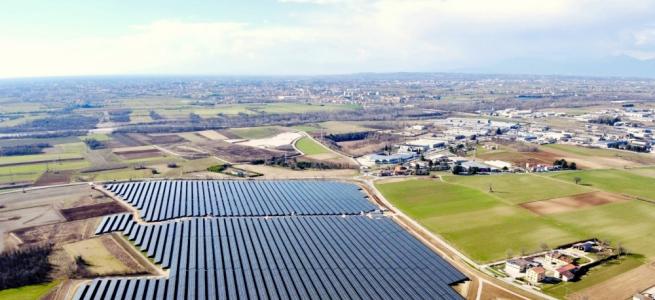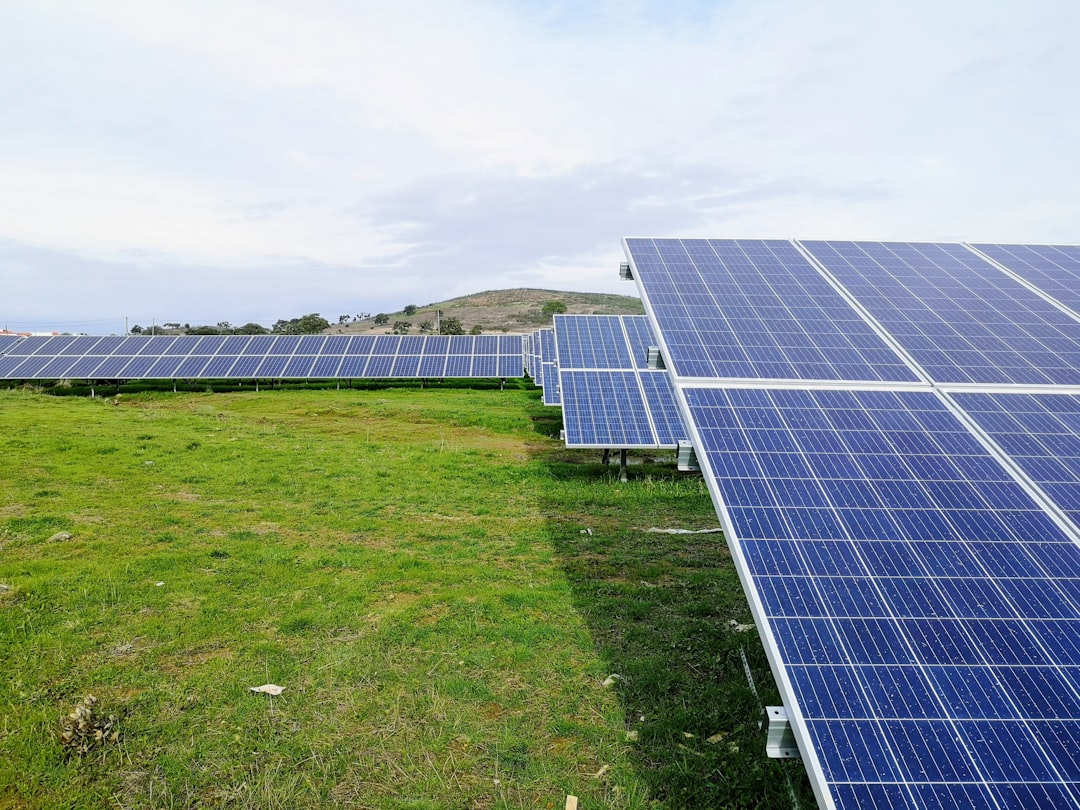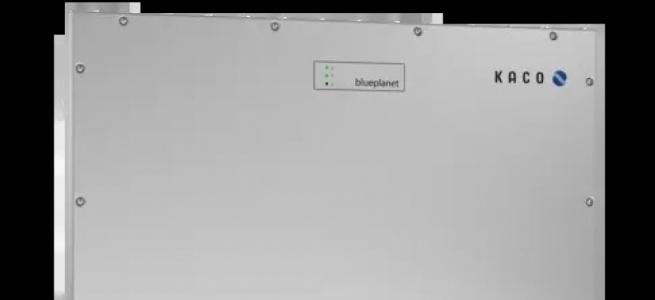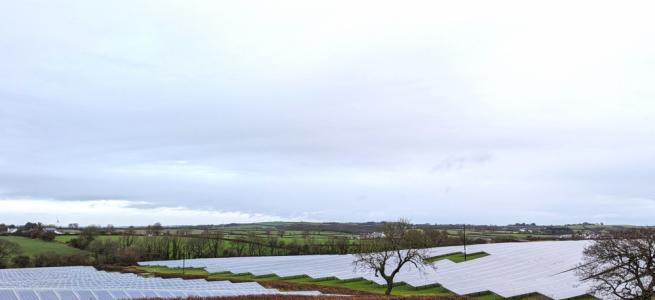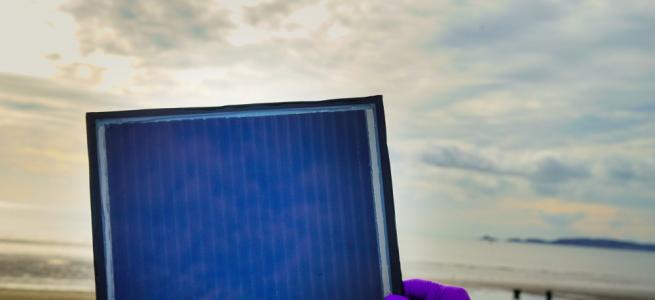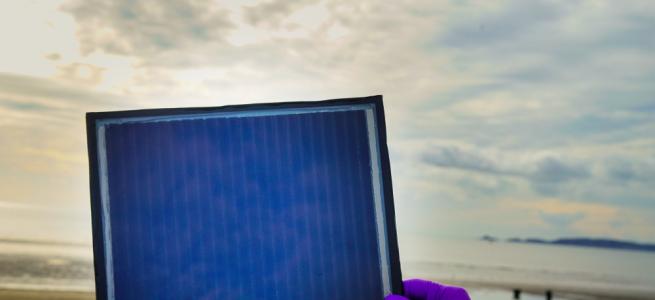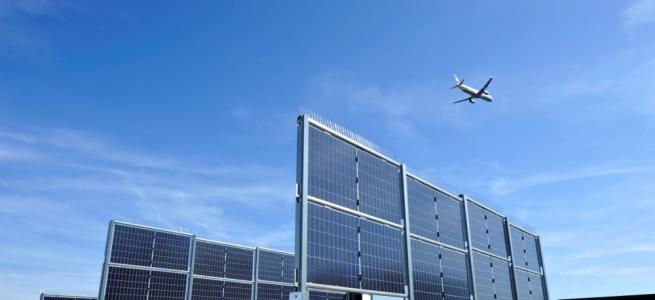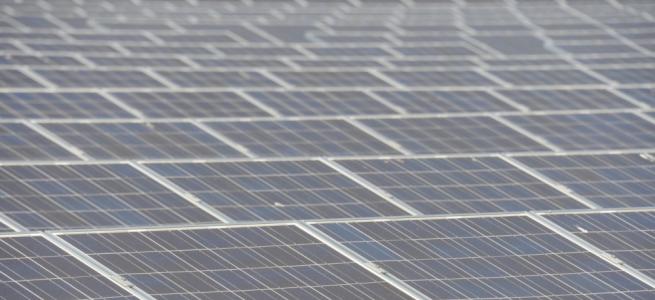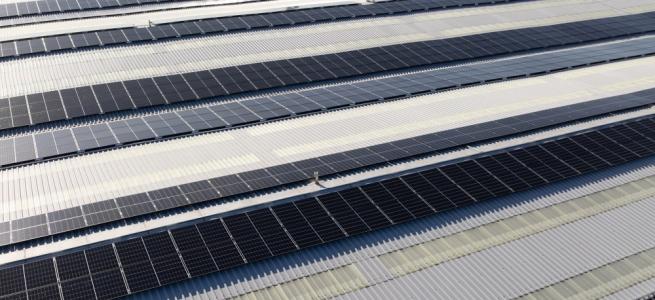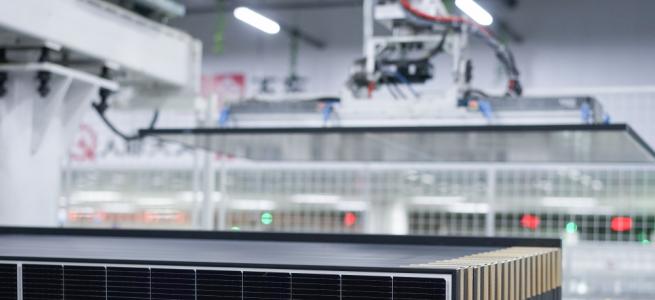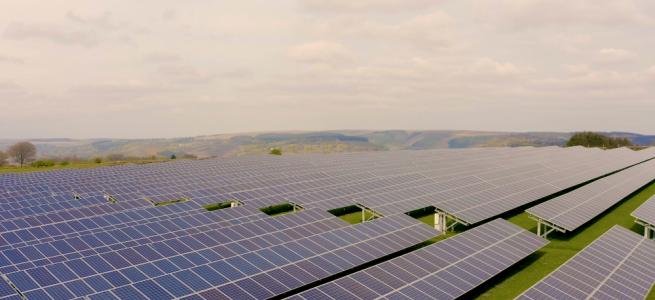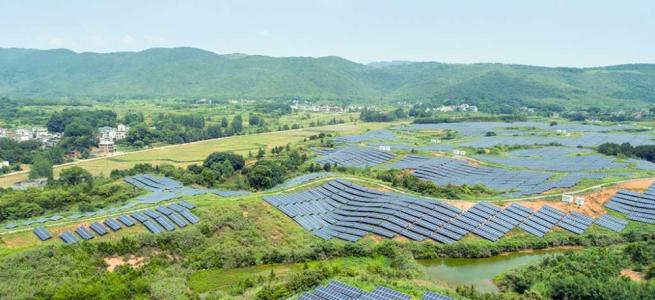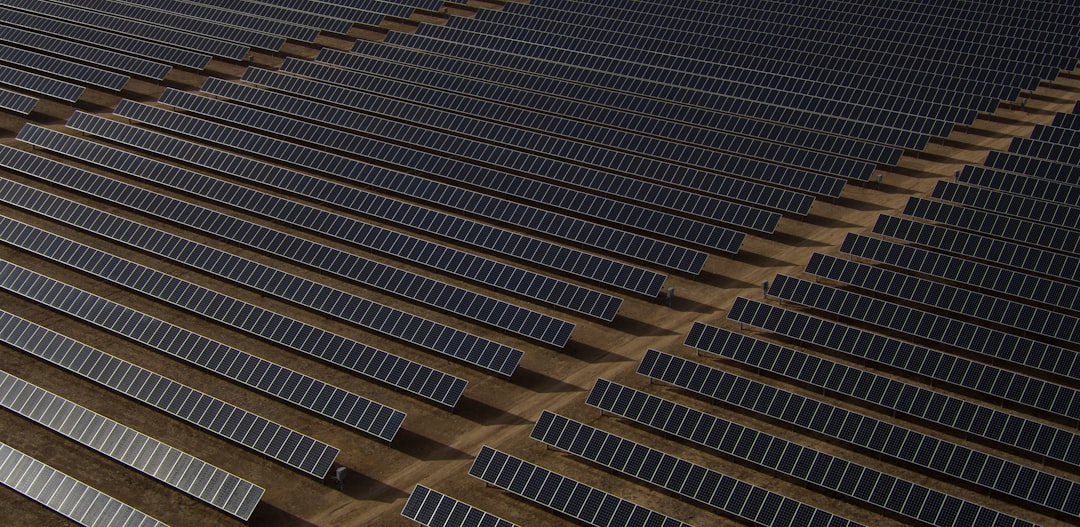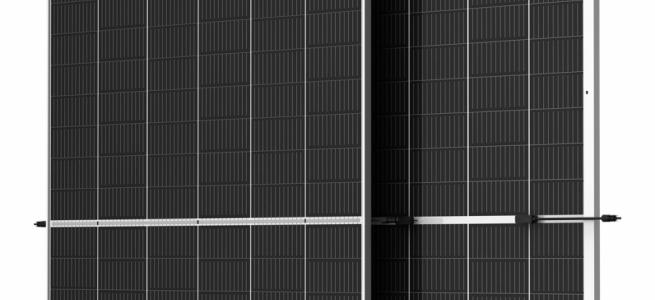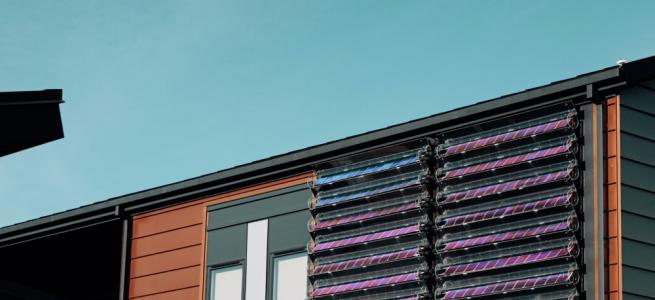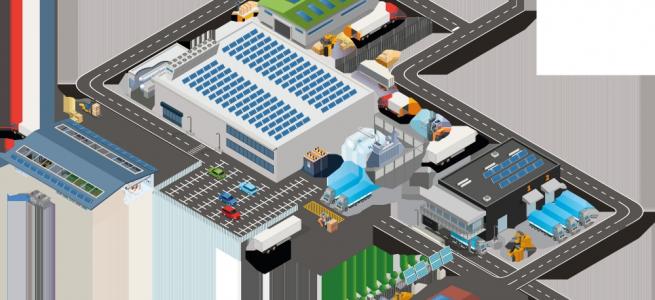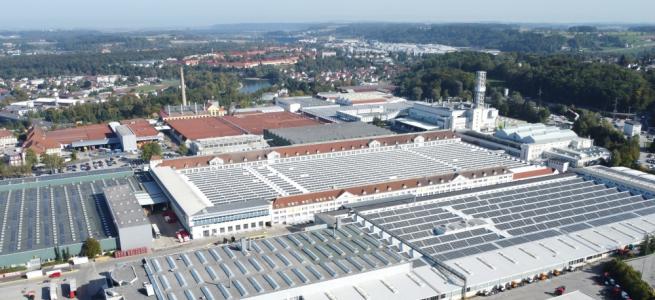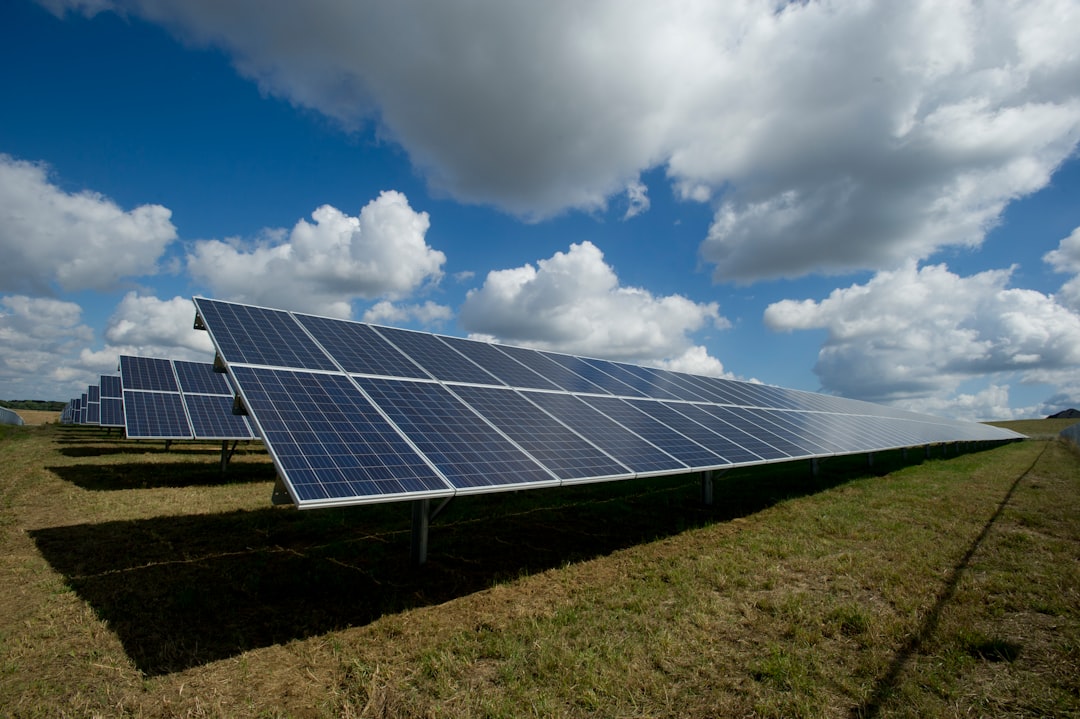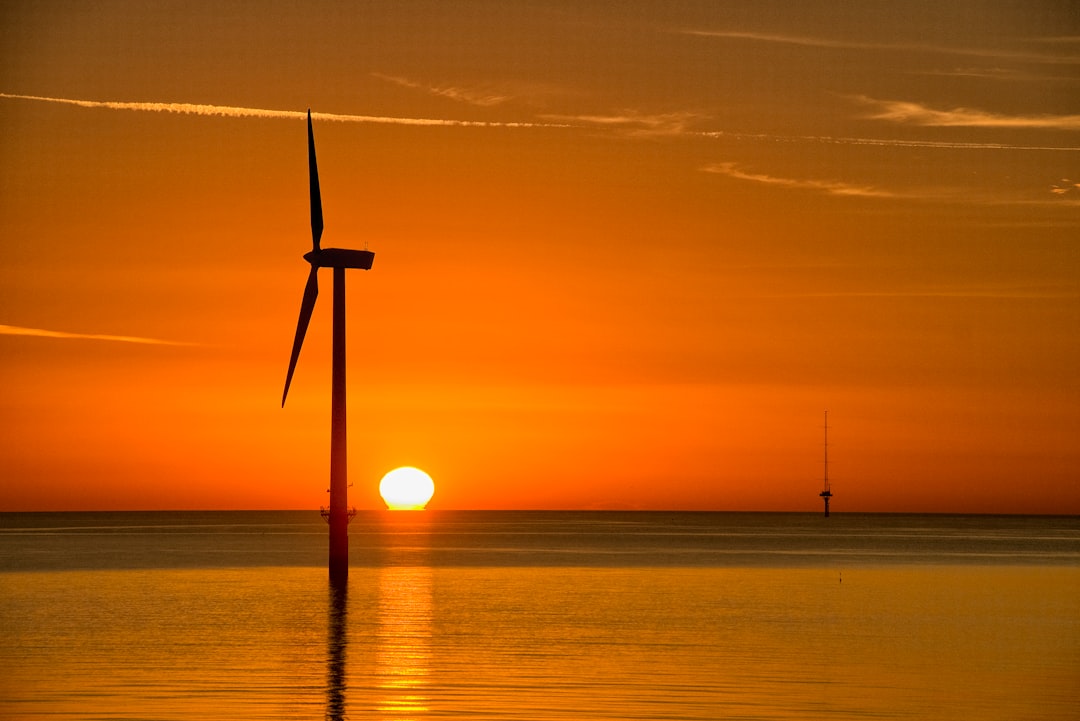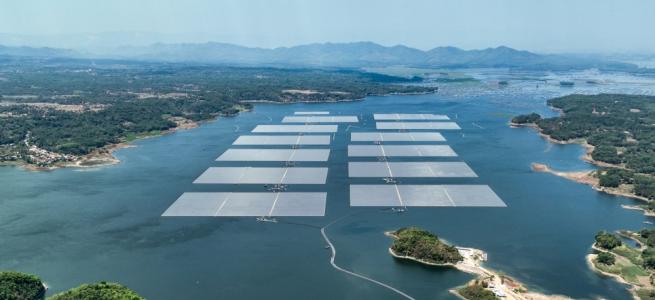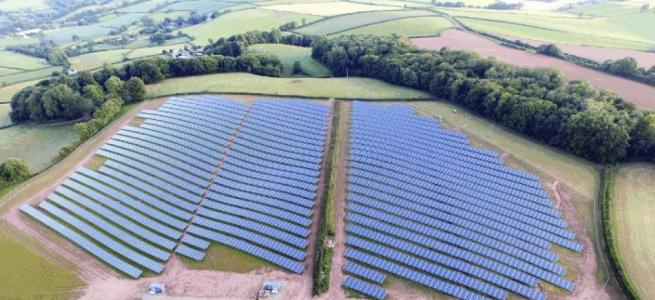Conergy completes Spanish grid parity projects
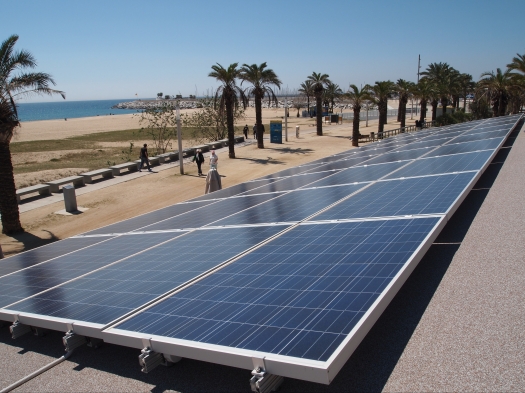
Conergy has hit the 1 megawatt mark in Spain with grid parity projects that are competitive without having to rely on any state subsidies whatsoever. In the autumn of 2012, Conergy broke new solar ground by realising the first power plant of this type on the roof of the organic restaurant Lasal del Varador on Barcelona's beach front. The restaurant's owners consume the entire electricity produced by the rooftop plant themselves. They thereby cut their electricity costs by around a fifth. Since that pilot project, Conergy has installed in collaboration with its partners a further 56 such plants with a total capacity of around one megawatt. Producing some 1,450 megawatt hours a year, that is sufficient to supply approximately 420 households with non-subsidised solar power. In the course of its global "Start it!" campaign, the PV solution and service provider has also developed appropriate business models for the grid parity markets in Australia, the USA and South Africa.
"With its numerous solar plants worldwide, which are profitable even without subsidies, Conergy has been charting a new course. This was only possible thanks to our close collaboration with our partner installers, with which we have realised self-consumption installations totaling one megawatt capacity in Spain alone. The message is clear: solar pays, now more than ever," said Luis Jiménez Gutierrez, Managing Director of Conergy Spain. "Although the Spanish market has lately seen a downturn due to the end of the feed-in tariffs, Conergy has been able to expand its market share considerably thanks to its business models for the grid parity market of the future."
In order to operate cost-effectively without subsidies from feed-in tariffs, the Spanish solar plants are precisely dimensioned to achieve a maximum self-consumption rate of close to 100% and thereby the greatest possible electricity cost savings. For this purpose, the solar experts carry out a detailed analysis of the customers' load profiles. Only once they know how much electricity the plant operator requires at different times of the day, they can tailor the power plant precisely to the customer requirements and determine the plant size on the basis of the minimum load. The size of Conergy grid parity plants therefore varies depending on the daily electricity requirements. Around half the plants have a capacity of up to 10 kilowatt peak, roughly a quarter up to 25 kW and a further quarter has a total capacity of between 25 kW and 100 kW.
In Germany Conergy has just started to offer a service for its certified partners to optimise commercial plants, using load profiles to determine the energy requirements and the optimum configuration of each plant both in technical and financial terms. The aim is to achieve the best possible balance of self-consumption and level of independance because that is the way for a businesses to maximise their electricity cost savings.
In the USA, "Net Metering" also plays a large role, and so does "Time of Use Billing". With "Net Metering", the electricity meter runs backwards for every kilowatt hour of electricity fed into the grid, and then runs forwards again when power is drawn from the grid. "Time of Use Billing" is similar, but operates on the basis of actual electricity costs at different times of day, rather than all kilowatt hours being the same. In line with the principle of supply and demand, electricity tariffs are defined for different periods of the day in this model so that the value at which the electricity meter runs backwards is substantially higher during peak load periods, while the meter will actually run forwards during cheaper off-peak periods.


